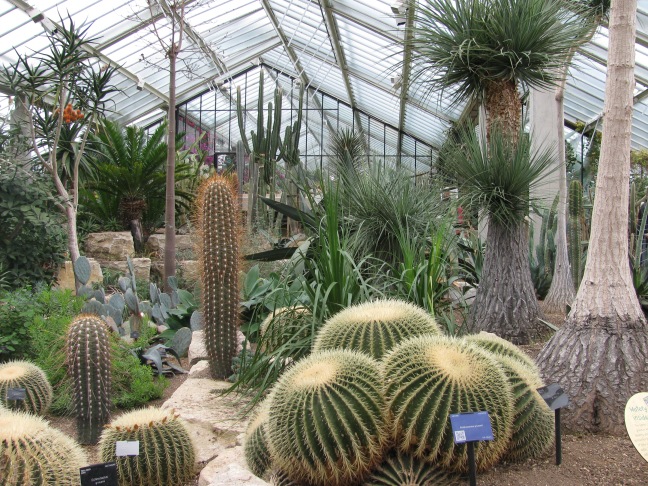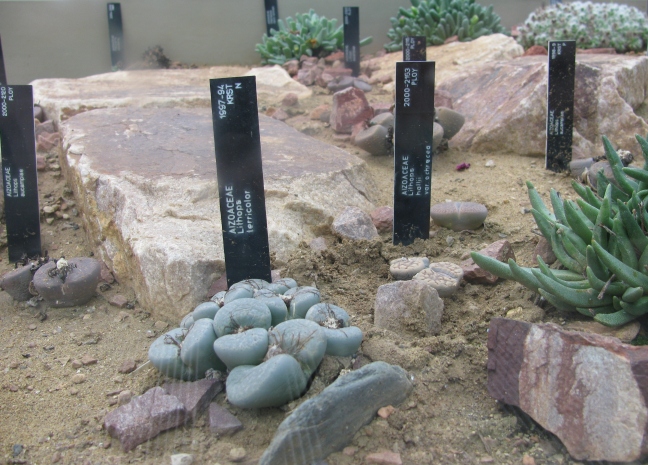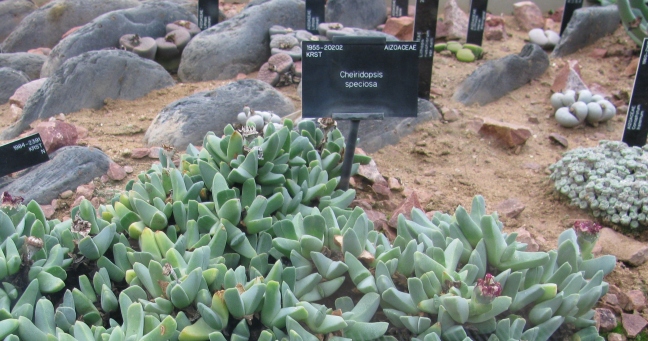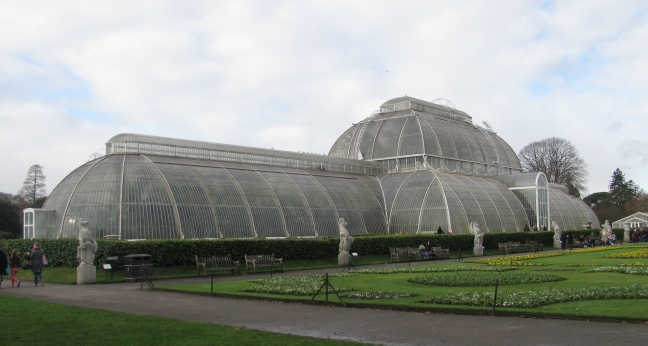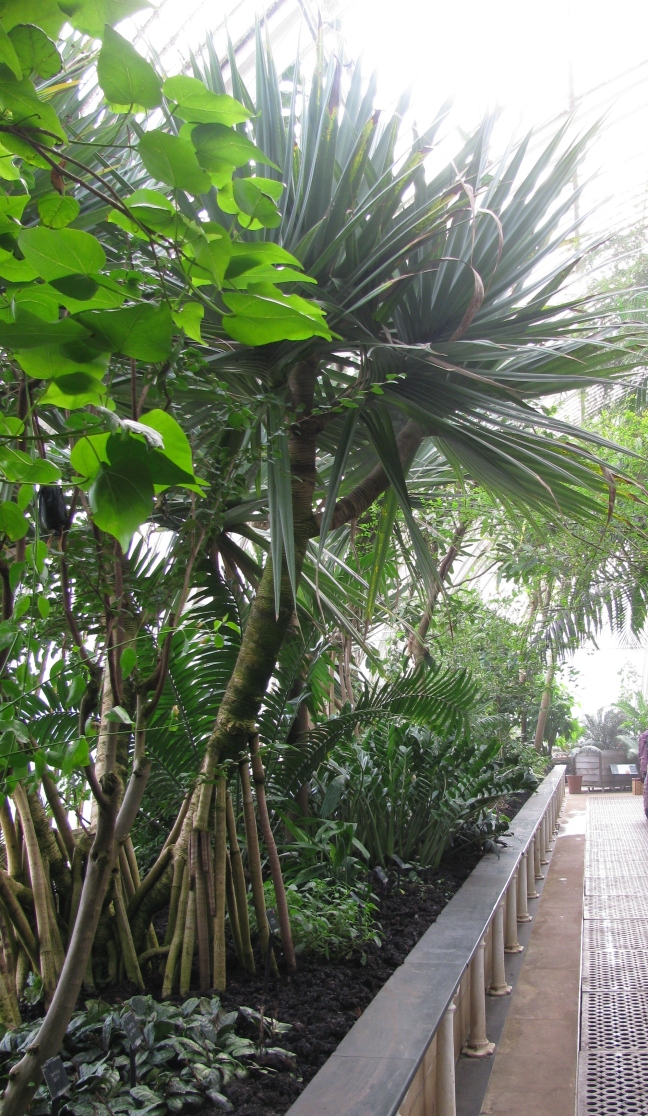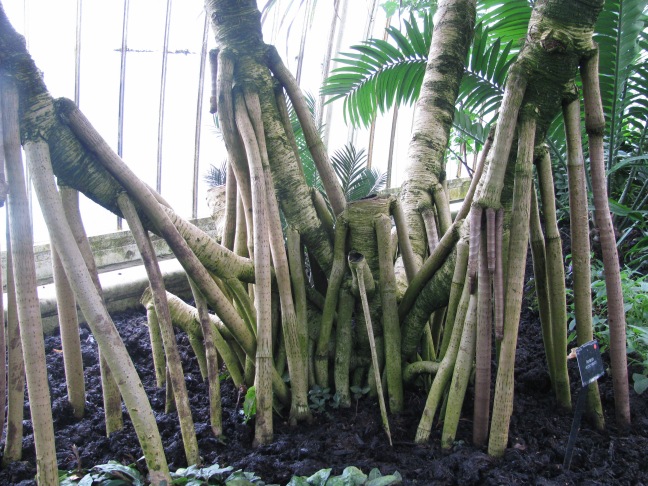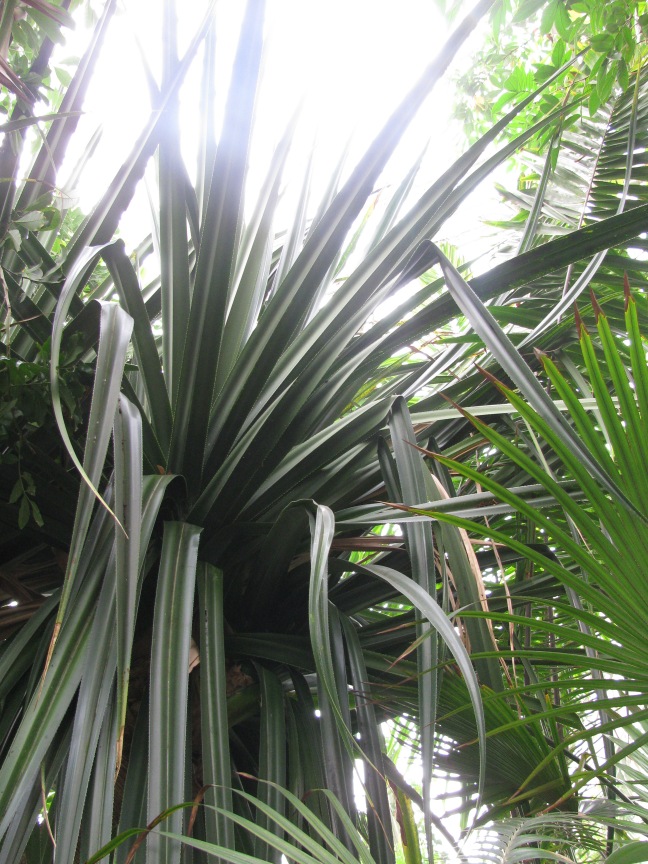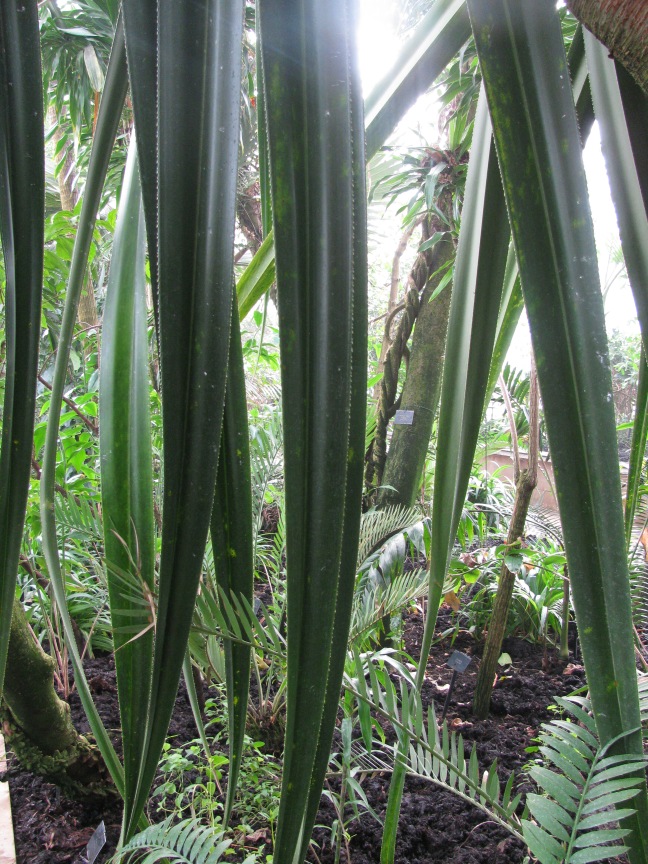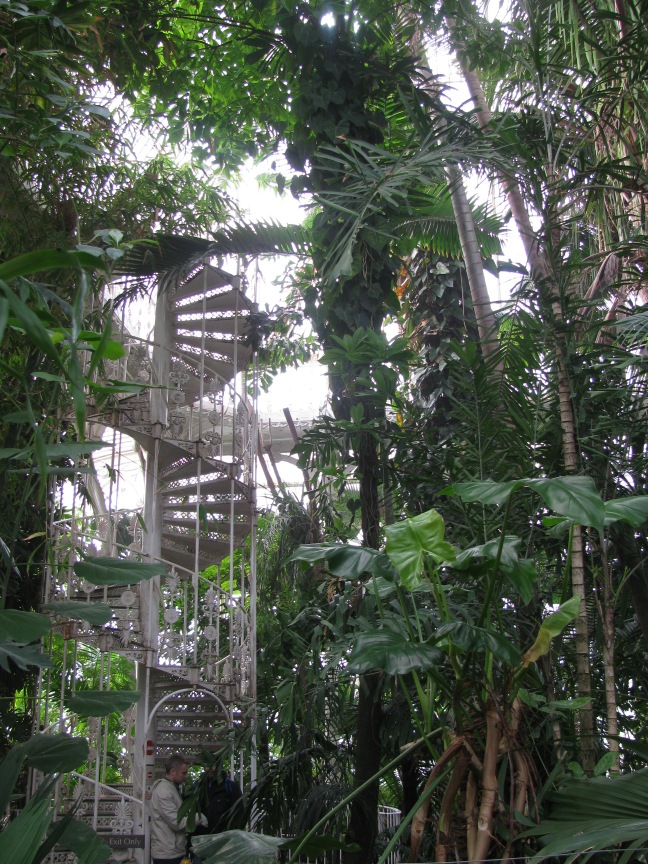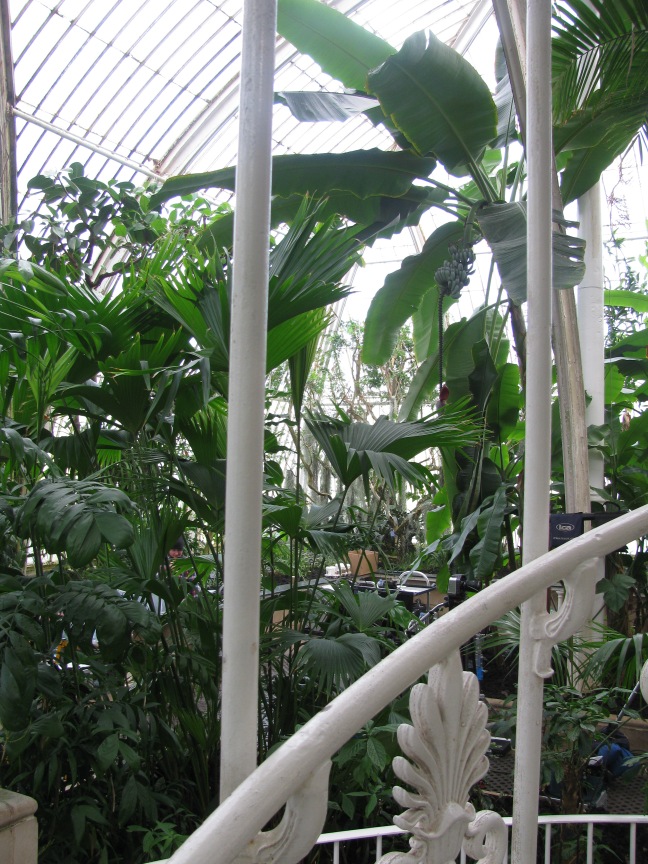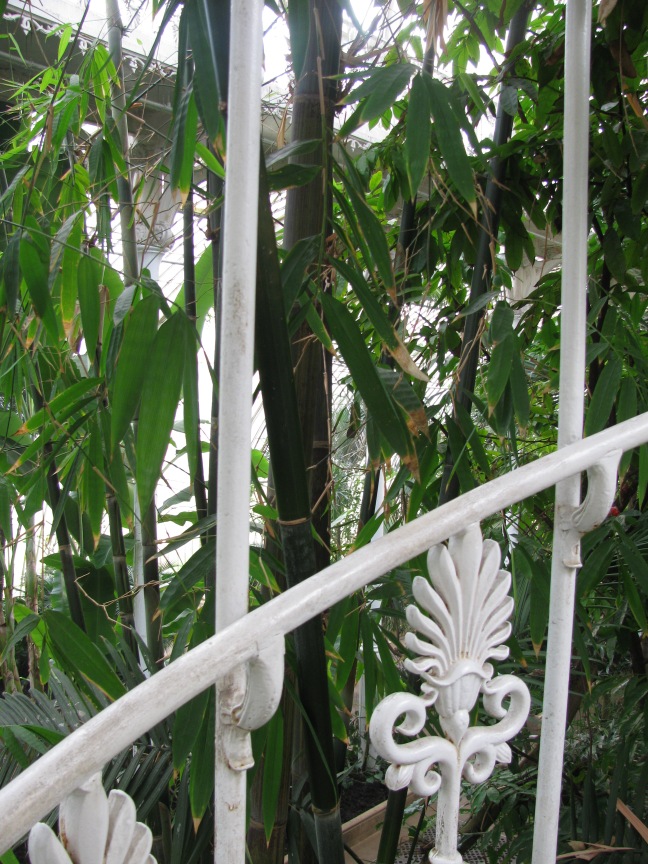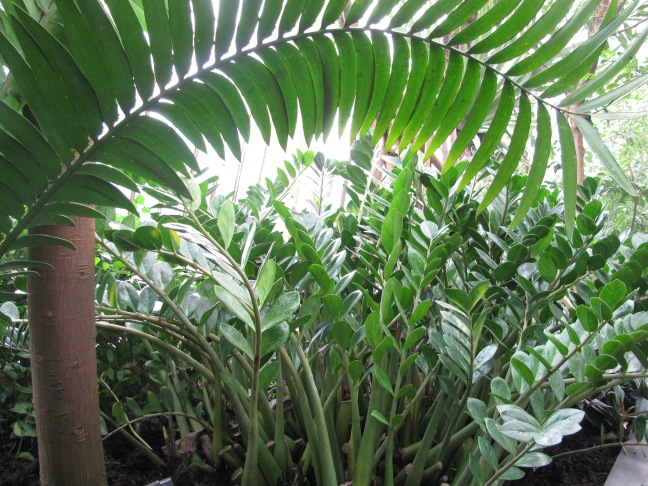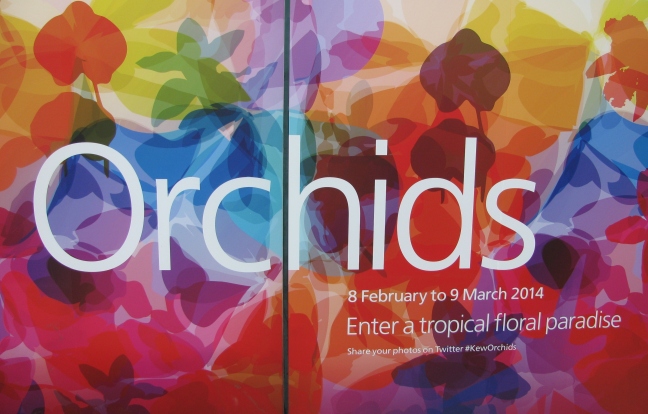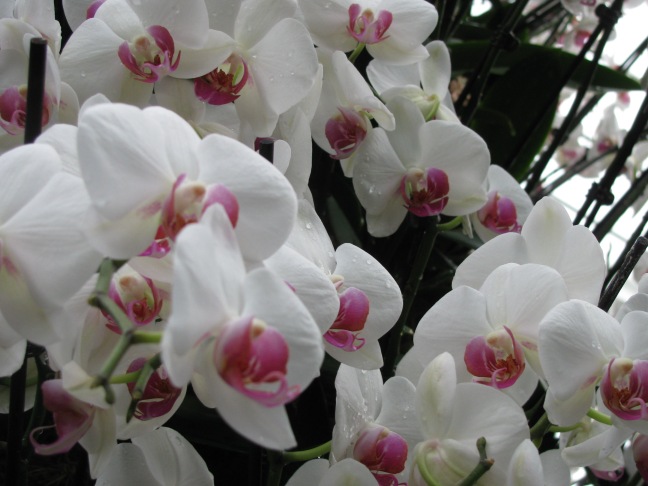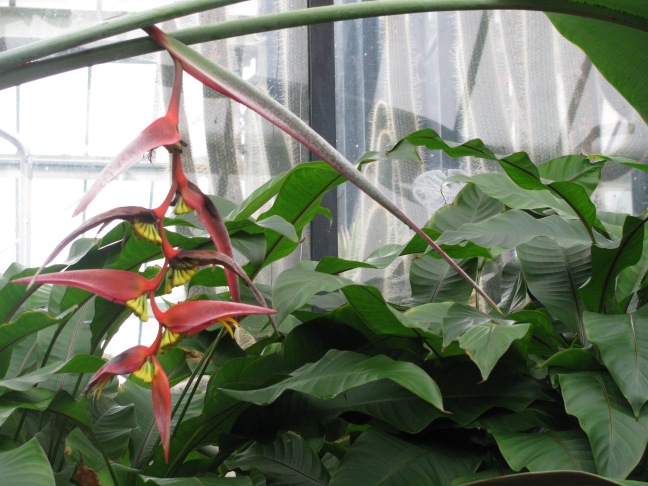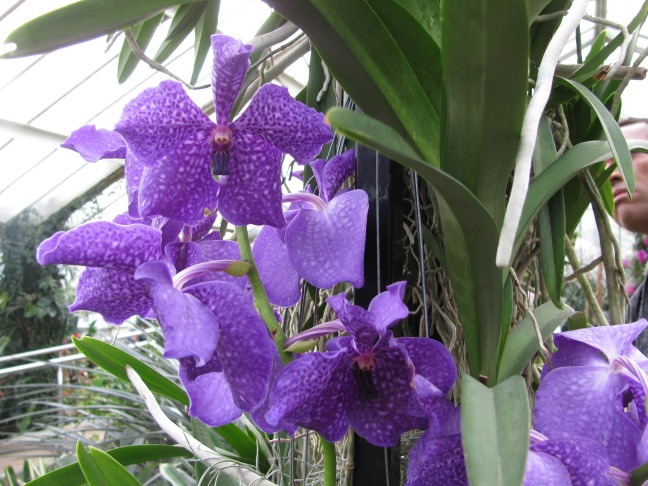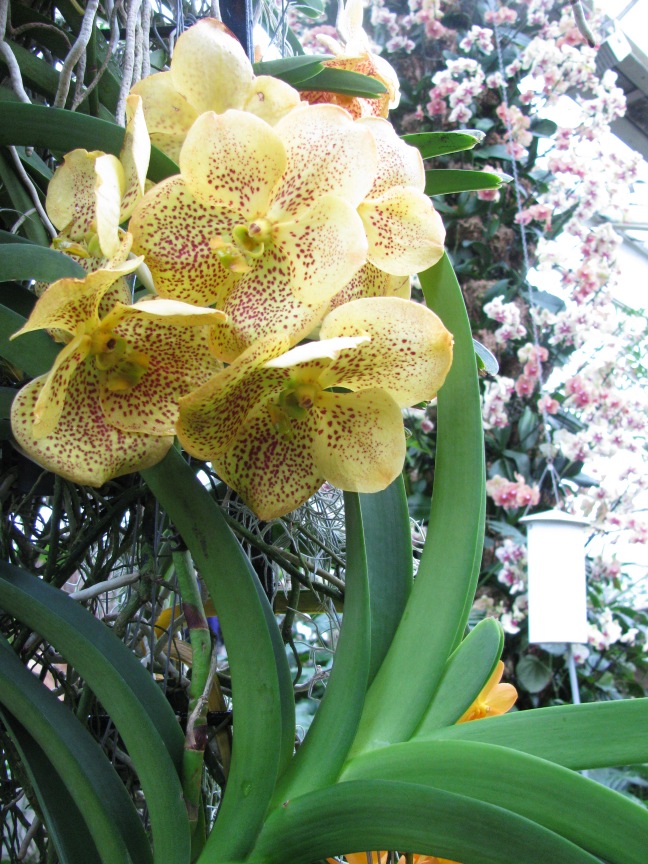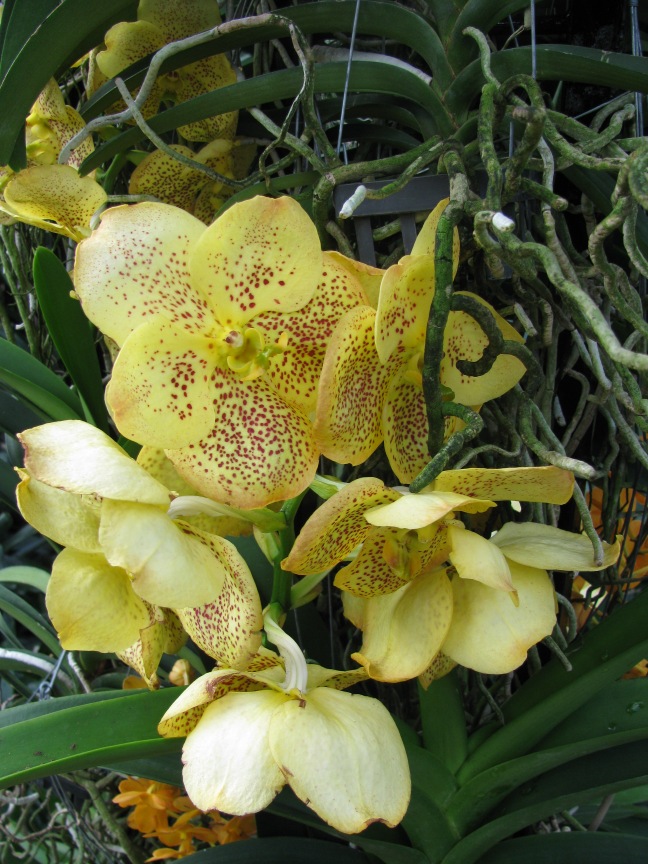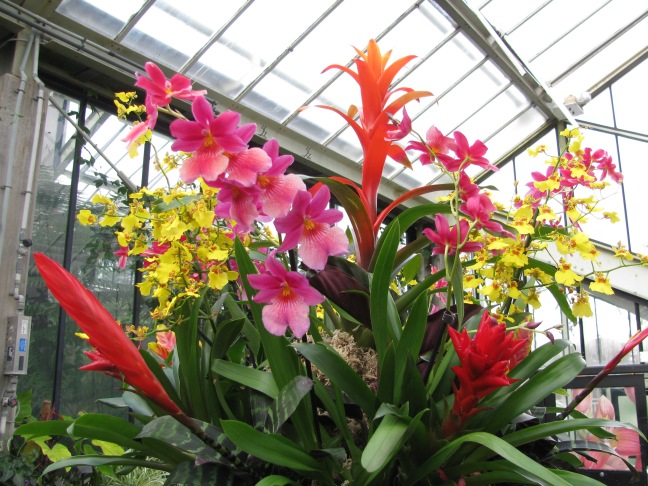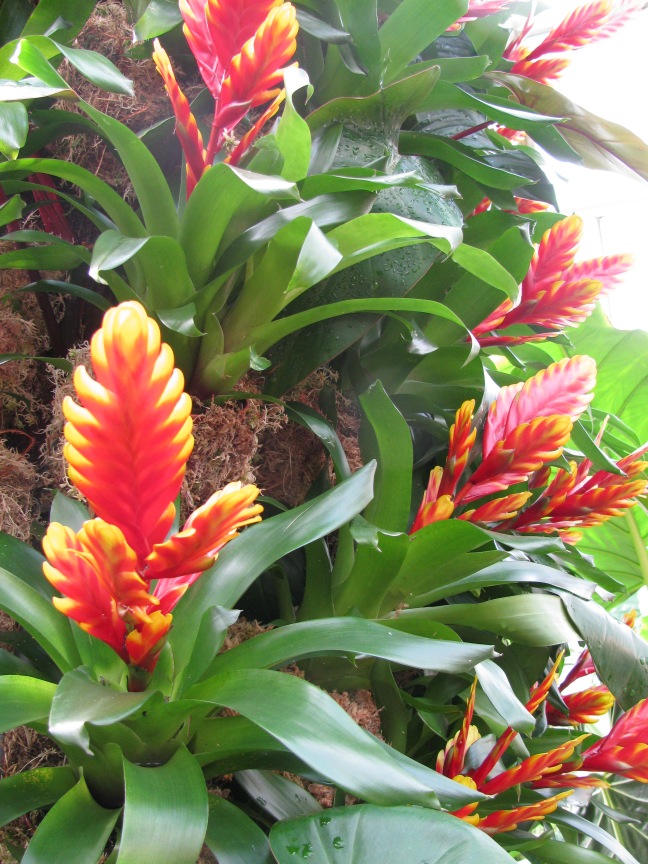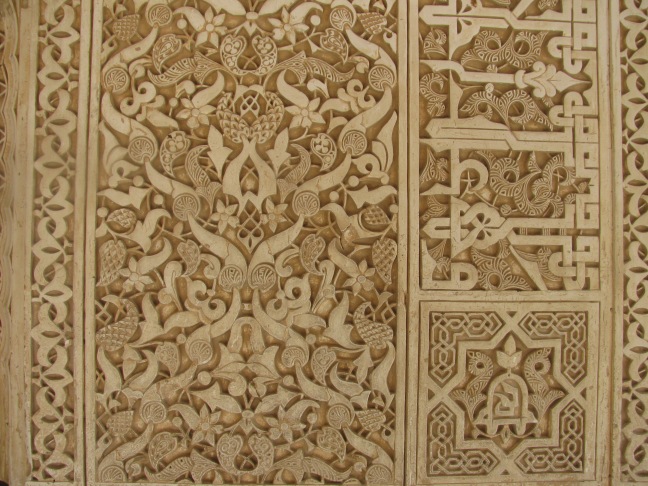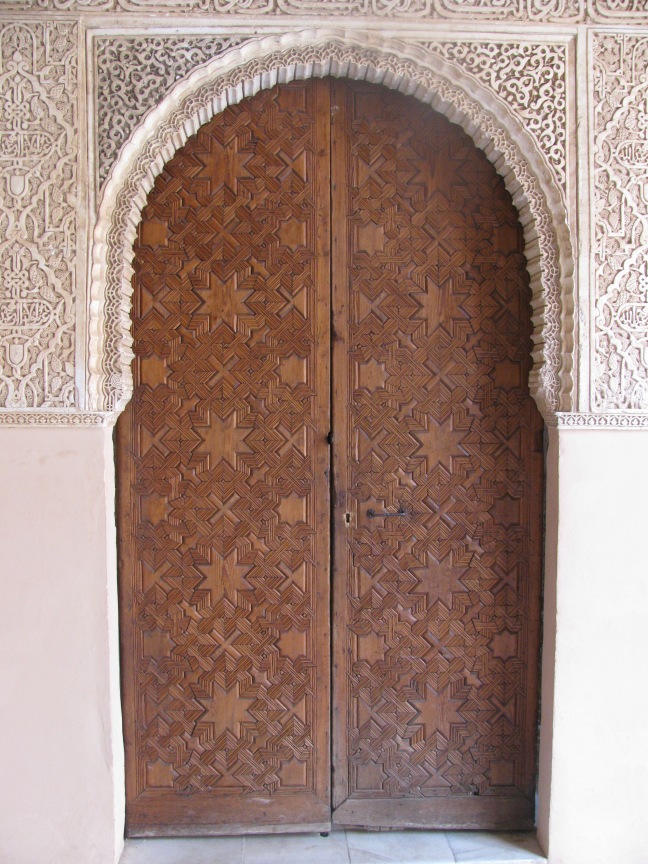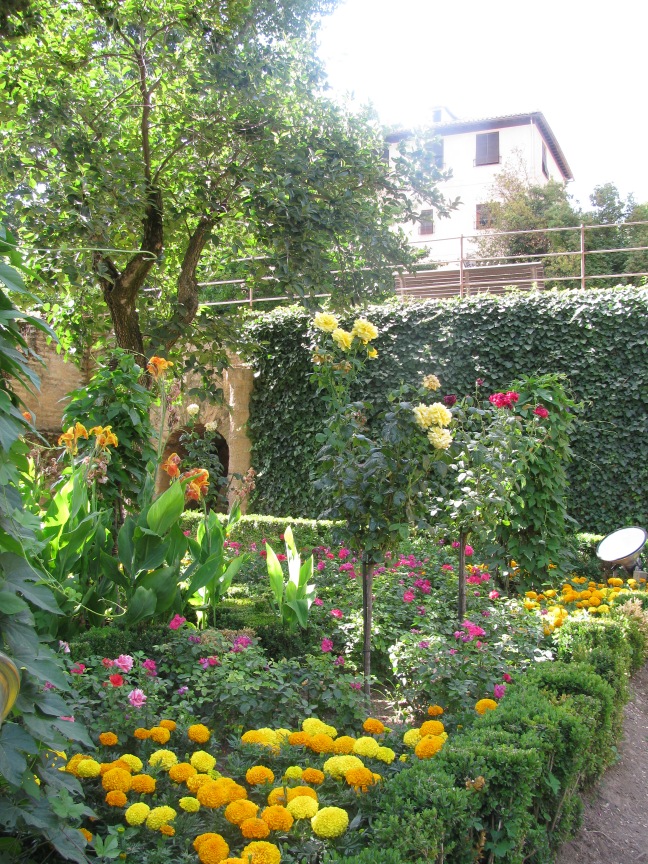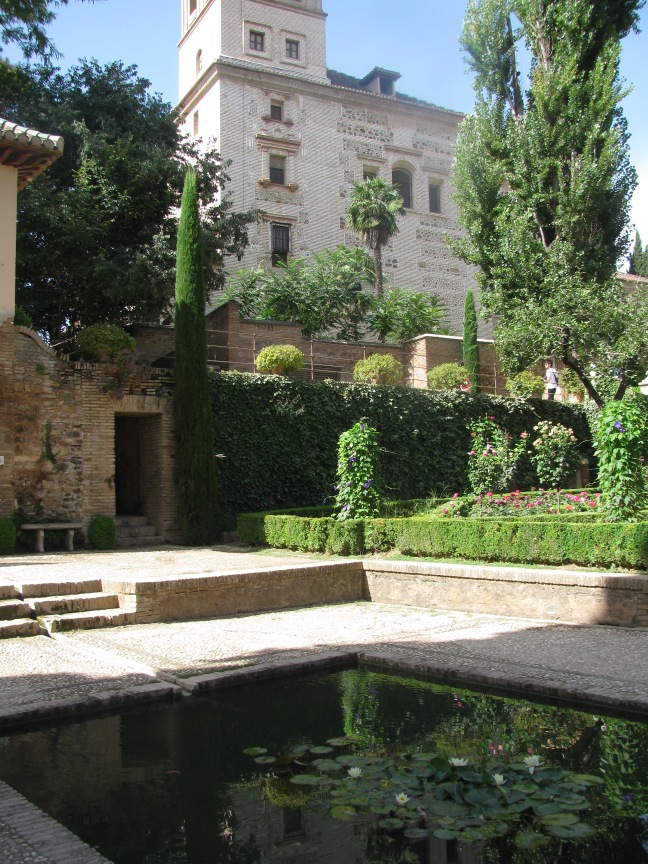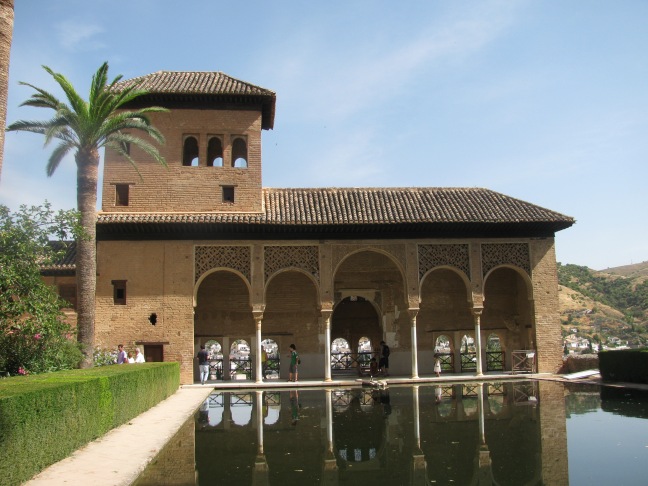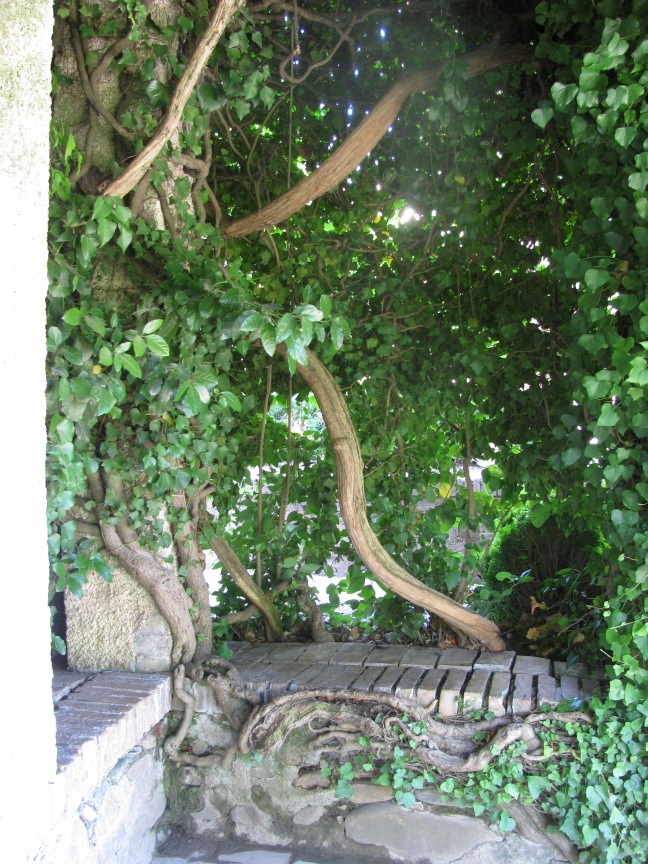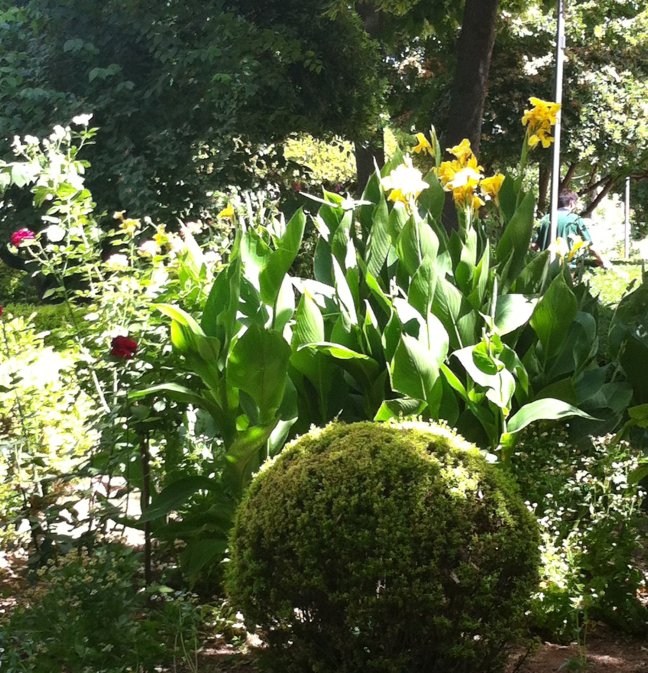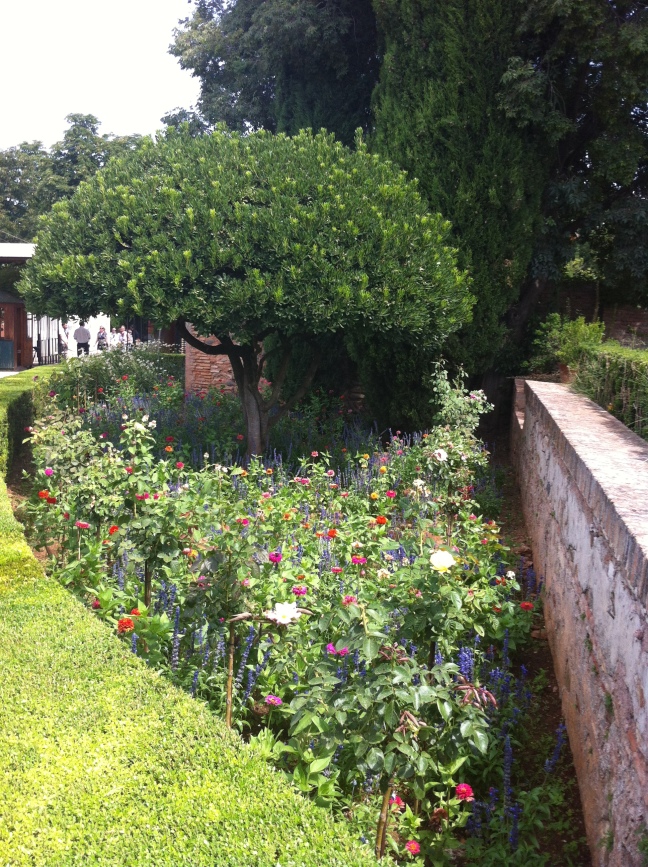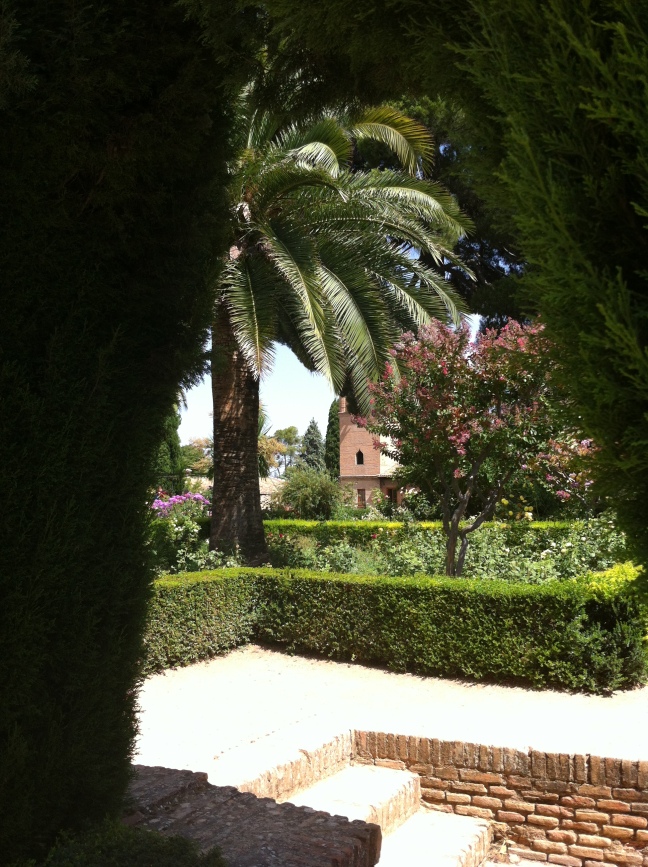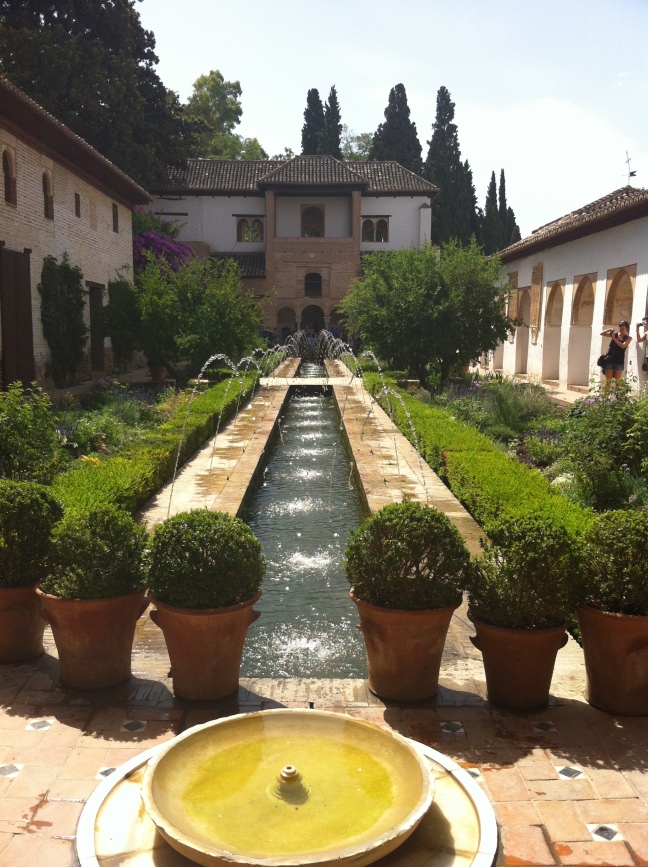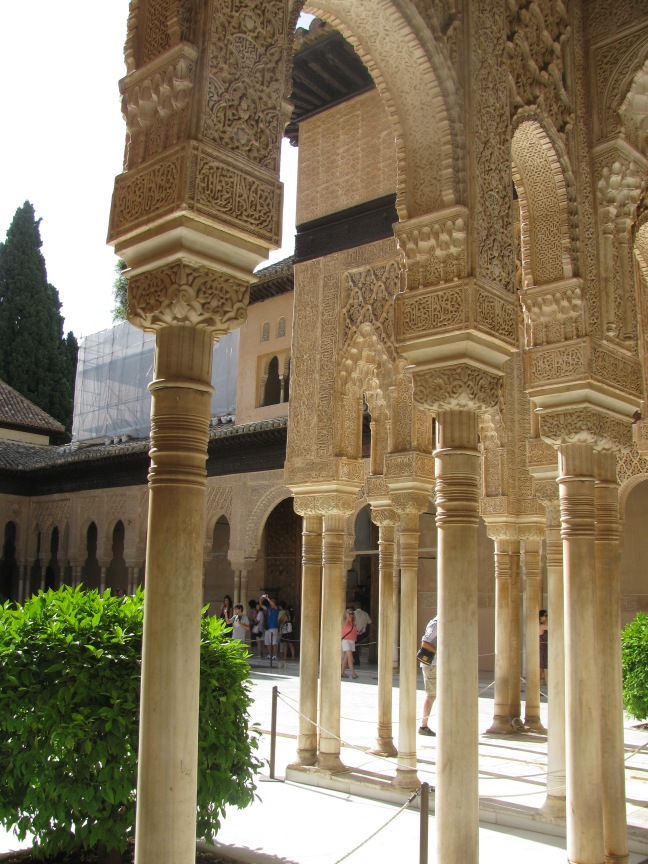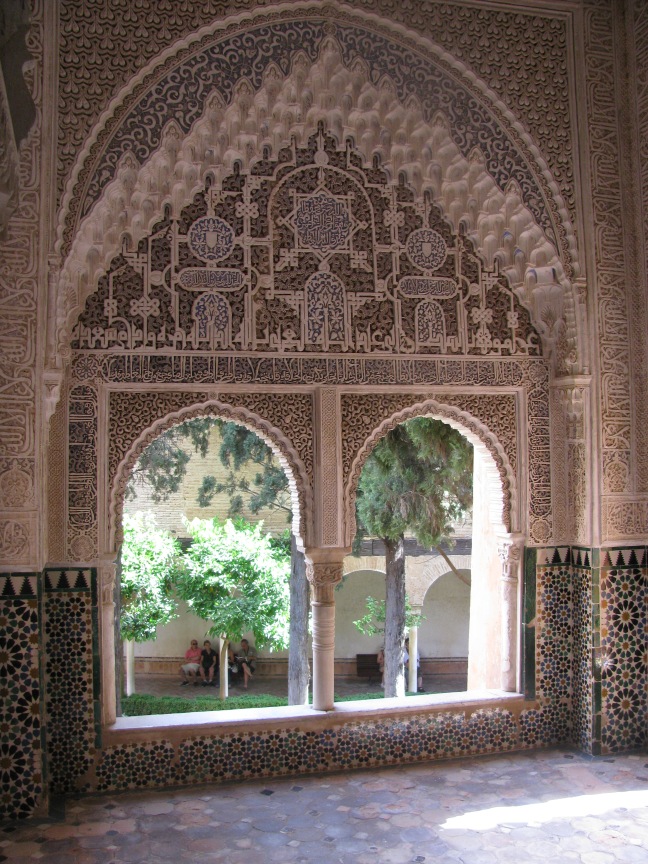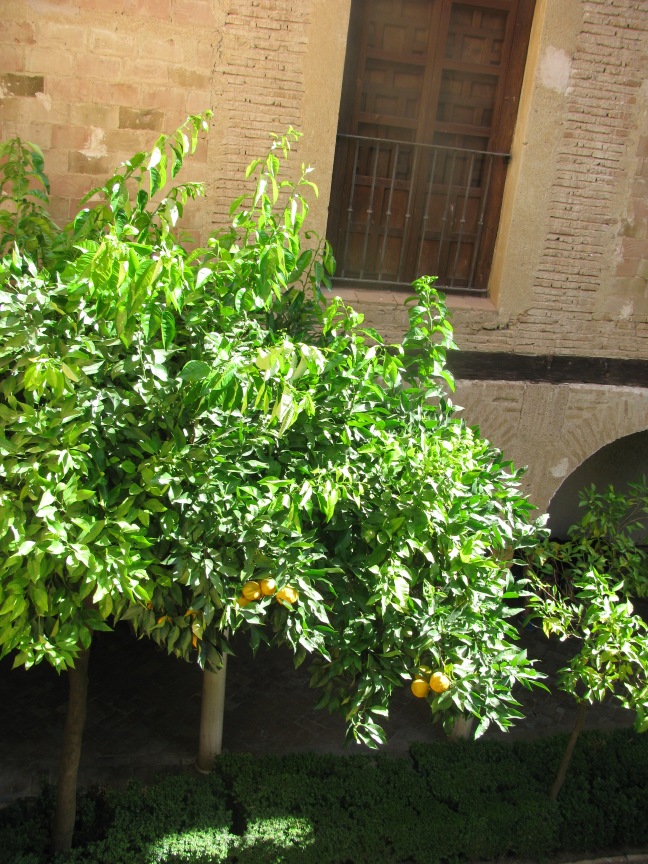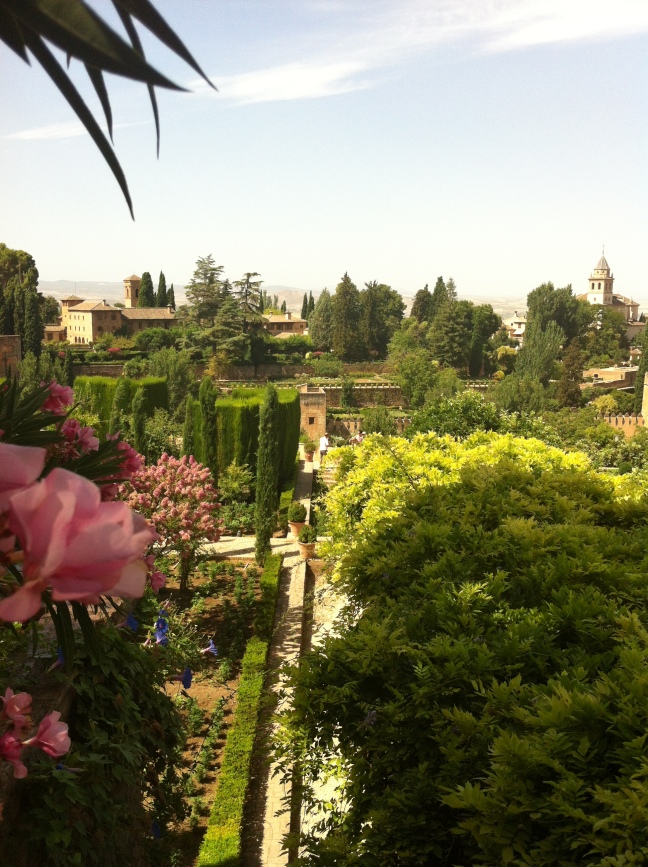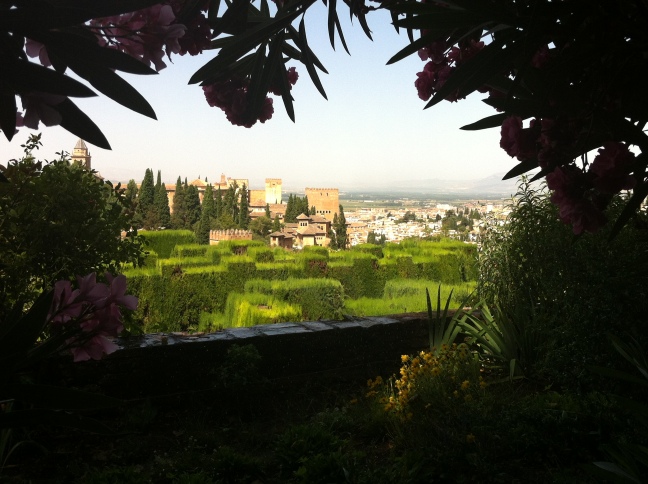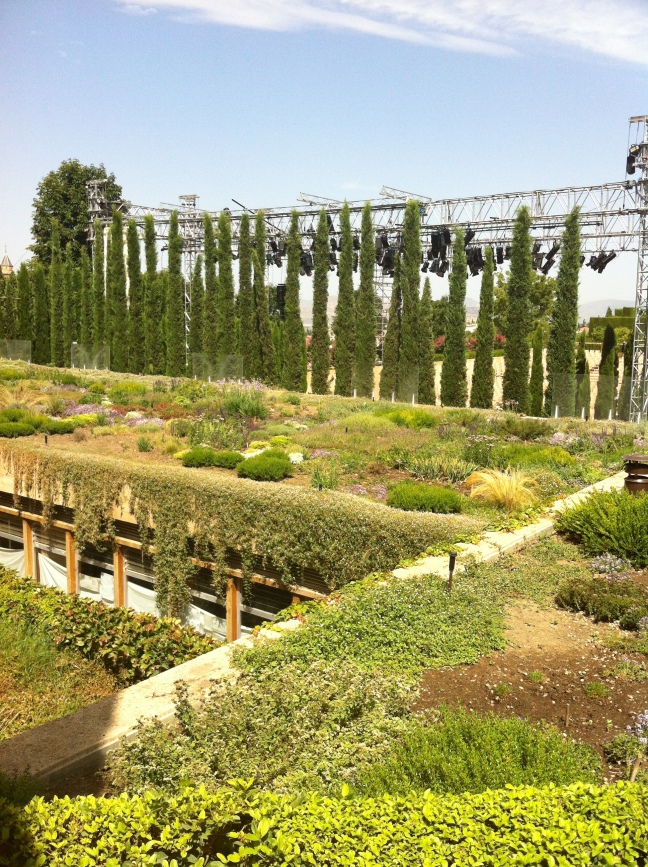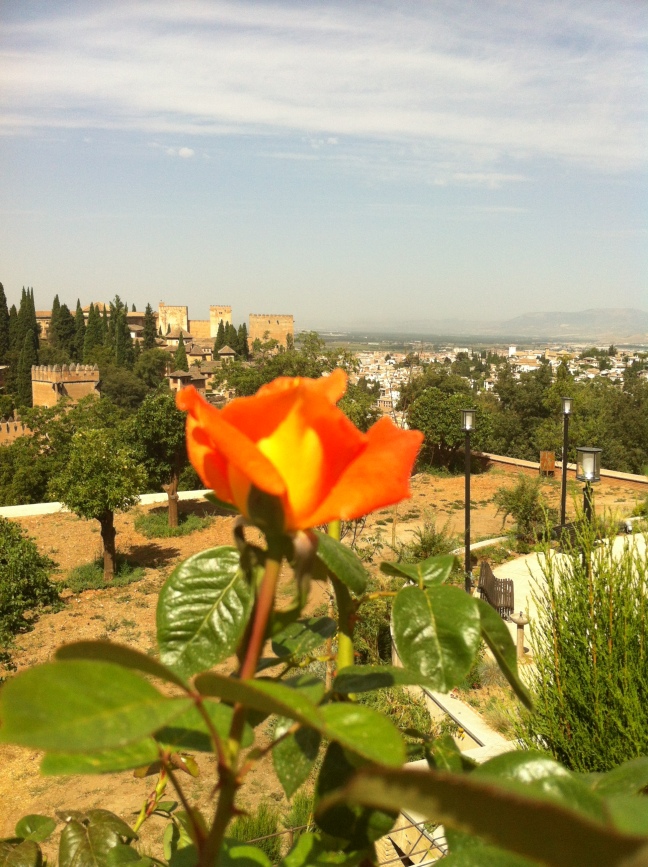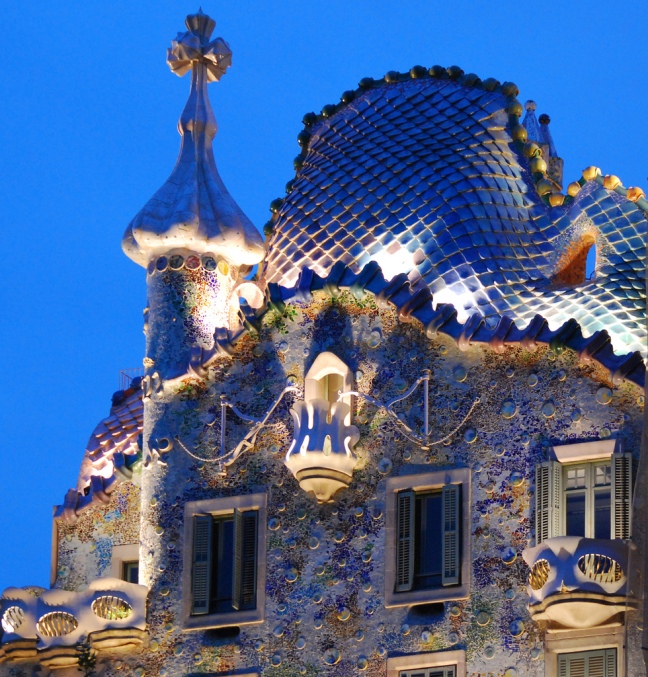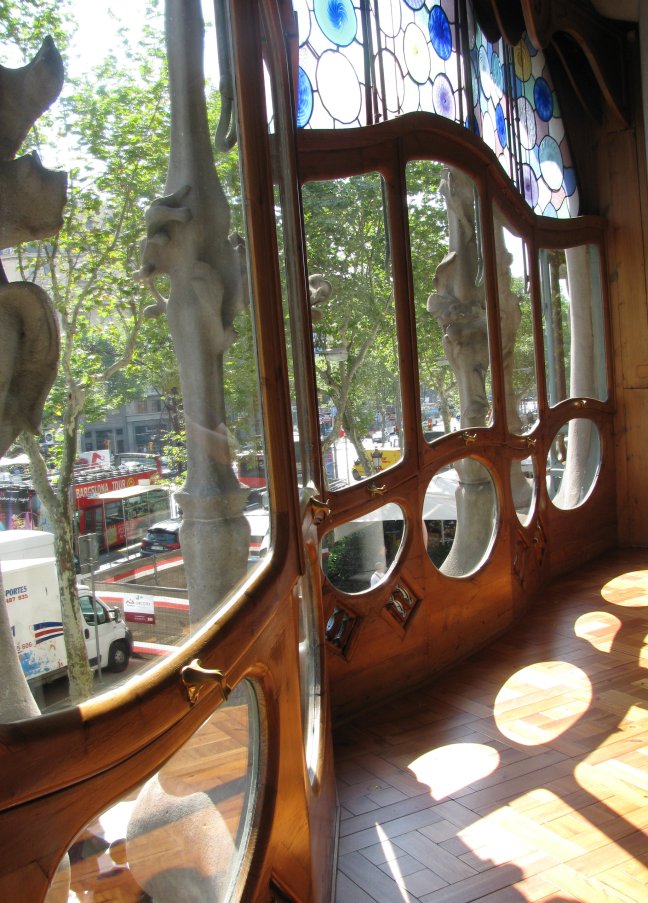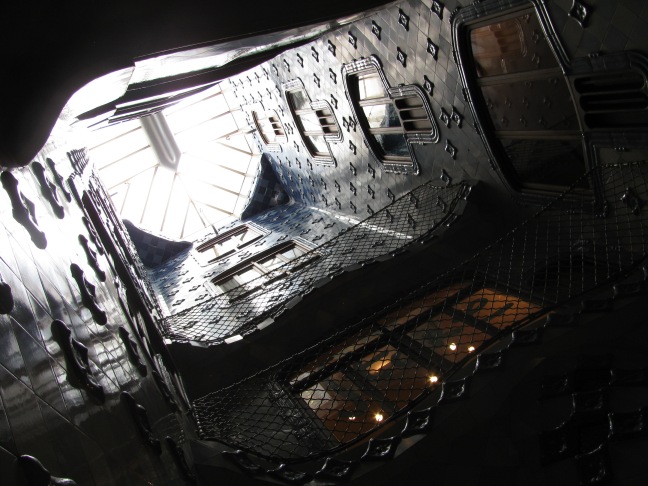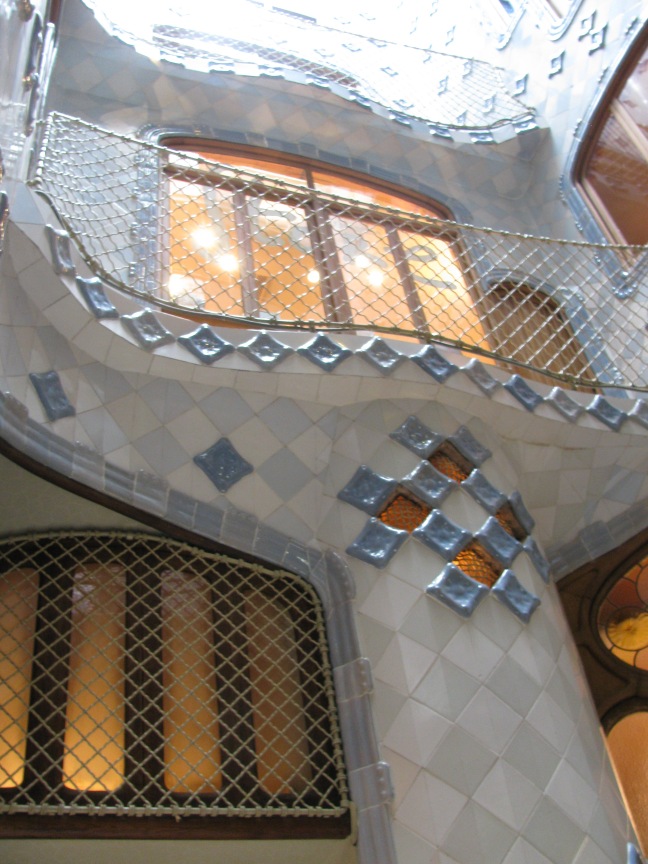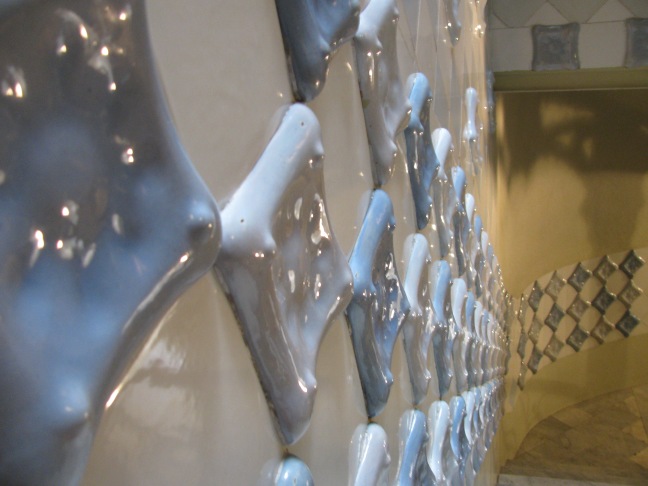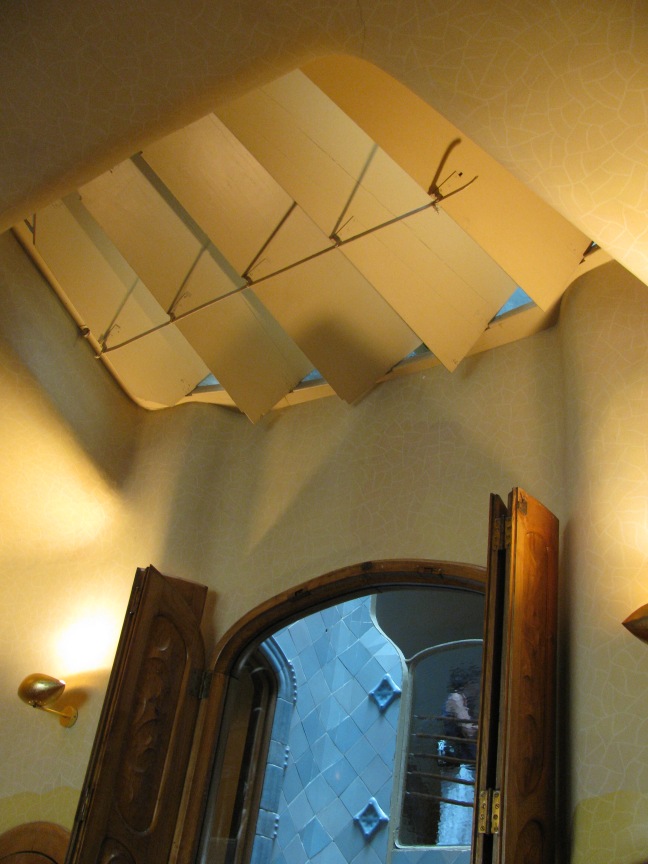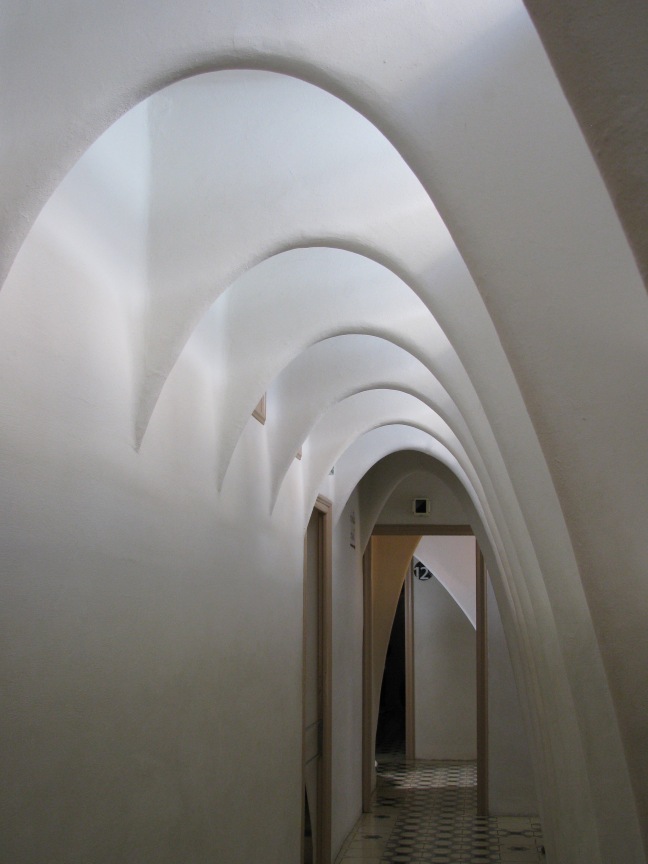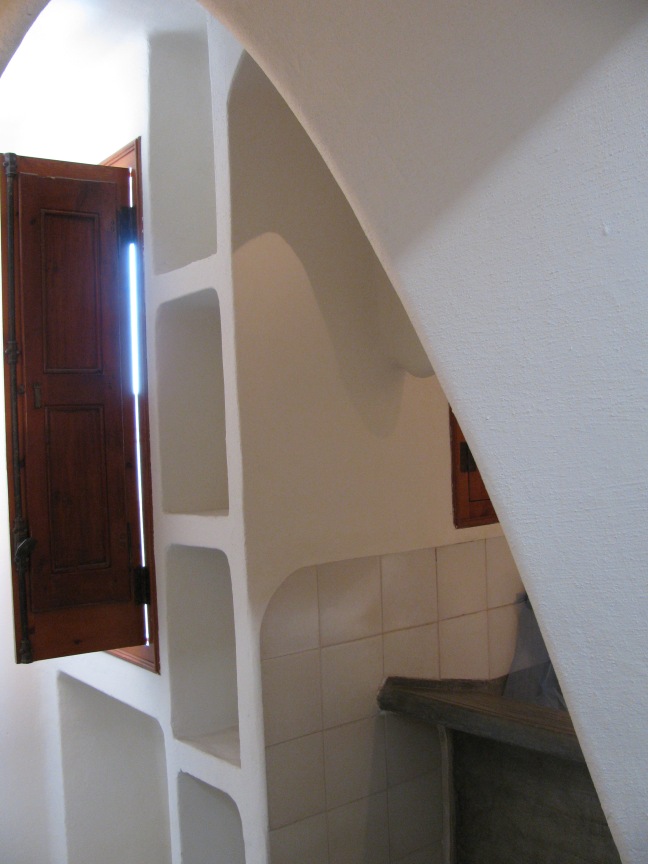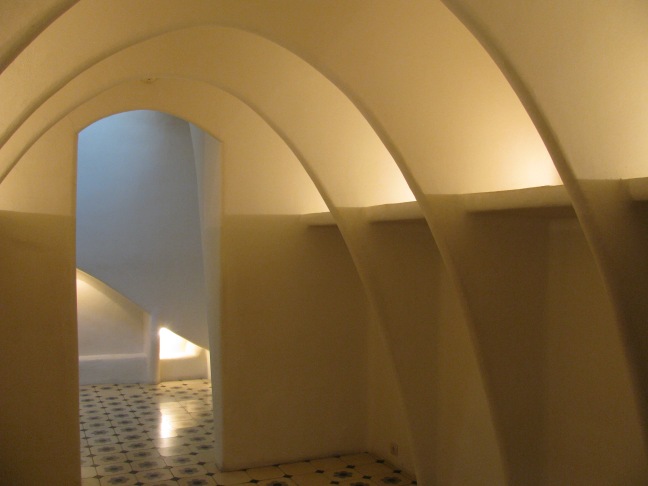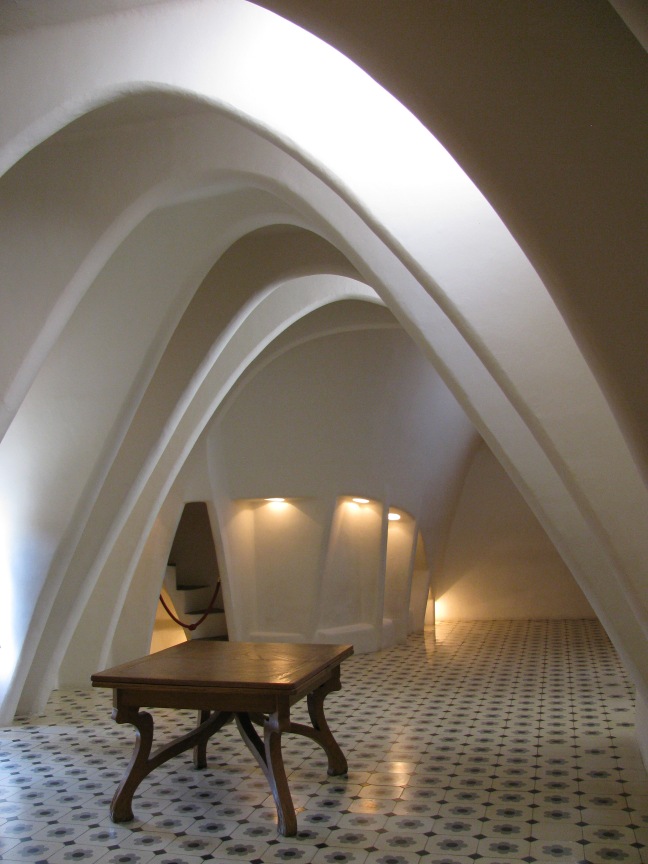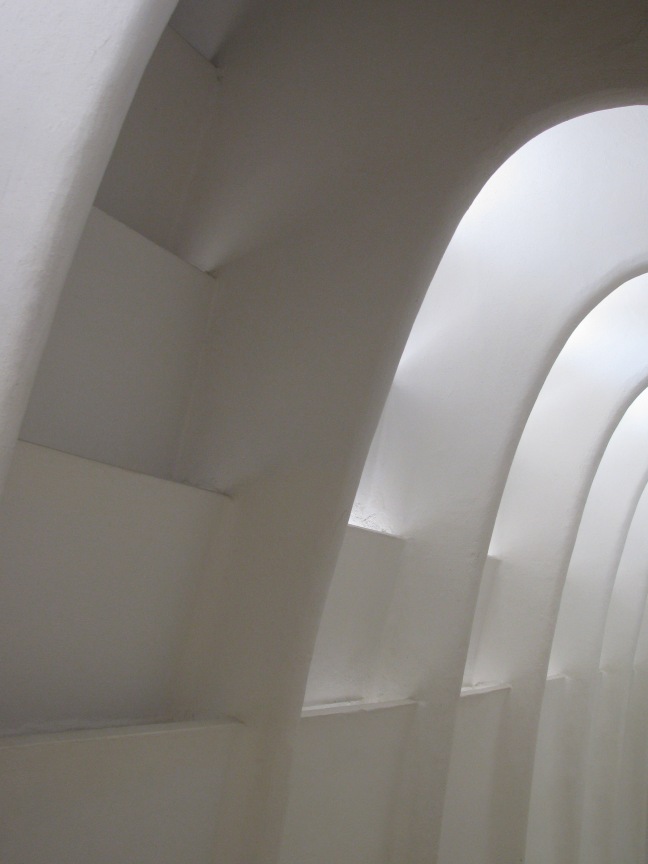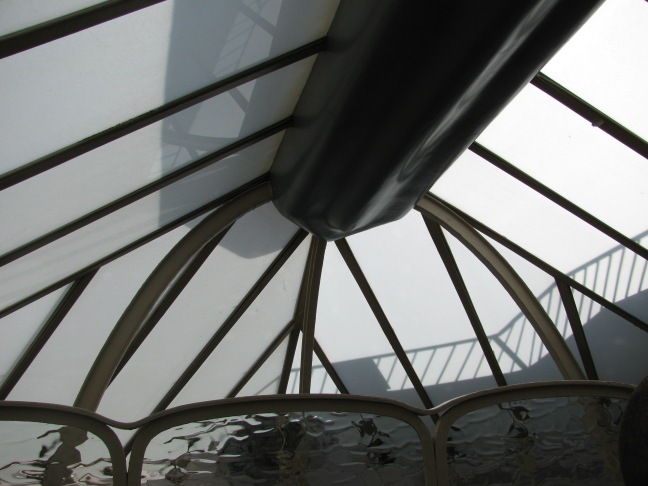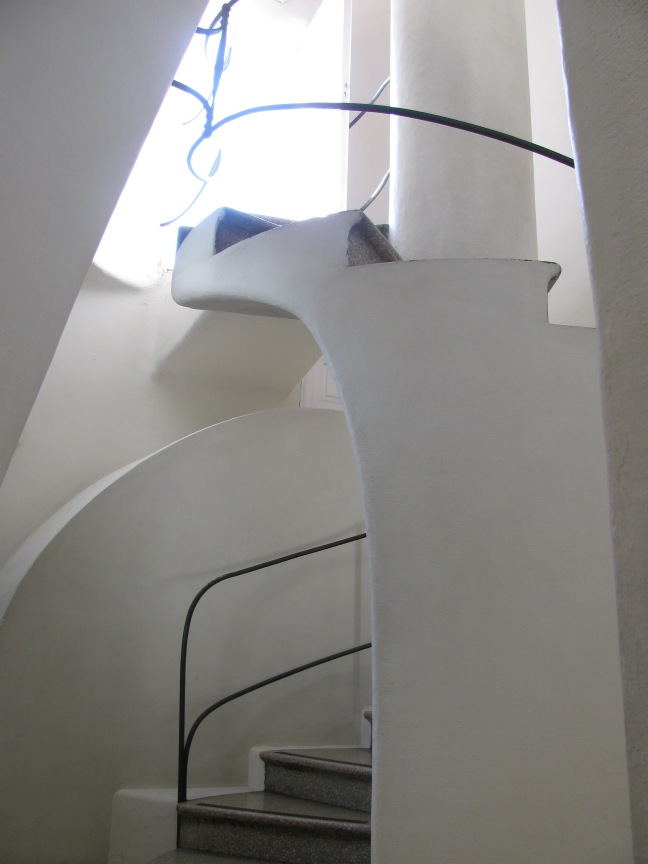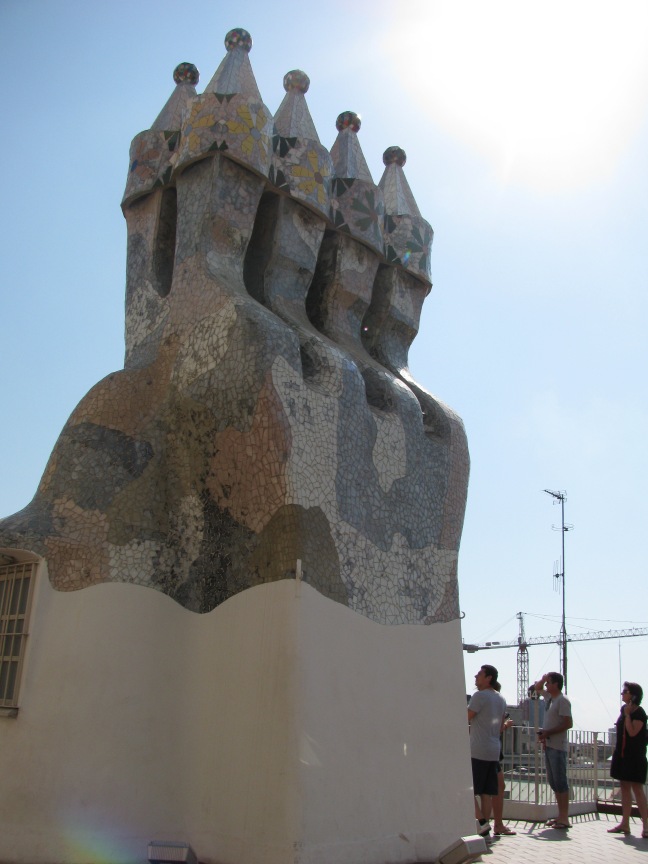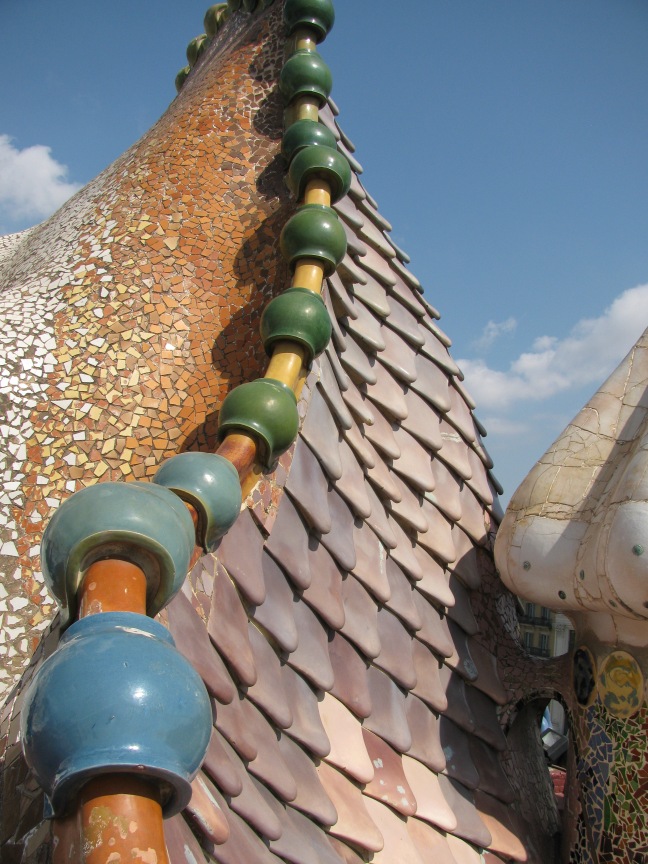In October I flew to Milan to visit my family and with them explore the Expo Milano 2015 Universal exhibition. We had a wonderful time and over the next few posts I’ll document the parts that attracted my attention most – (it included stunning architecture and, I wouldn’t be a gardener if my list didn’t feature a biodiversity park too).

A short overview of the exhibition:
EXPO Milano was an international exhibition, part of the group of universal showcases held in major cities, the first of which was the Great Exhibition in London in 1851. The symbol of that first exhibition, the Crystal Palace in Hyde Park, was a cast-iron and glass structure:

London’s Great Exhibition was followed by numerous others, including the 1889 World’s Fair of which the famous entrance building, the Eiffel Tower, remained in place as permanent structure becoming the symbol of Paris.
EXPOs are held for six months, within a designated geographical area of the host city. For the course of the event, the location is granted the status of international zone, governed by extraterritorial laws. The participating countries receive an assigned exhibition space on which to build their pavilion, designed in their respective countries, to present their nation to the world.
The host country sets an EXPO theme which all participating countries and organisations interpret. This year the theme set by Italy, was ‘FEEDING THE PLANET – ENERGY FOR LIFE’.
Three aspects made the Italian EXPO Milano 2015 stand out as a success:
- EXPO Milano 2015 has attracted the highest number of exhibiting countries of any EXPO to date (more than 140 countries).
- This was achieved by redesigning the layout of the EXPO areal:
Past exhibitions had arranged country pavilions by continents and the relative wealth and investment some counties were able to make compared to others, meant that many developing countries were able to secure only smaller, remote locations within the exhibition territory. Therefore in the past many developing nations choose to not take part at EXPOs.
The historic unequal distribution of event space was tackled in 2015 by the Italian Organising Committee. They introduced the so-called ‘decumano‘ – a large central boulevard, along which all country pavilions and their entrances were located. Every exhibiting nation now had equal access to the visiting public, which encouraged many more developing nations than usual to take part.
Along the decumano, exhibition spaces were arranged based on thematic clusters, such as ‘coffee’, ‘fruit and legumes’, ‘spices’, ‘islands, the sea and food’, ‘arid zones’ generating an interesting new mixture of neighbouring pavilions, which showcased also the economic partnerships between countries from often opposite sides of the globe. - A further improvement of EXPO Milano 2015 was the involvement of non-profit organisations. Previous EXPO editions were organised ‘by states for states’, similar to the G8 meetings; where political activists and non-profit organisations would remain outside, demonstrating against the event.
Given the violent riots in Genova in 2001 during the G8 summit, the Italian government was now compelled to avoid anything similar from occuring.
For the first time in EXPO history, in 2015 Italy invited non-profit organisations and activists to take part at EXPO, and to provide visitors with their view from within the event space. Free of charge pavilions were provided for organisations like Save the Children, Emergency, Amnesty International and many others.
Being an Italian living in London, during my EXPO visit I naturally looked out for any visible signs of lasting benefits EXPO 2015 would have on Milan. I have experienced the positive impact the 2012 Olympics had on London and its infrastructure and have seen a similar impact of the EXPO in Milan as well:
The exhibition area has a brand new state of the art underground and train station (Rho Fiera Milano). Its scale and finish convey the clear intention of developing an entirely new borough, with Padiglione Italia, the Italian permanent exhibition building at its centre.

One can imagine (and wish) that property investors are lining up to part with their money, financing hopefully a pleasant new living area in the north-west of Milan.
EXPO has so far had a positive impact on other areas of the city and the Lombardy region as well. Several events and locations in and around Milan, were labelled as being part of EXPO. As expected, the prospect of being the host city, sprung energies in motion to redevelop the Milanese navigli (inner city canals) – where people can stroll in the sun, or meet for evening drinks.

